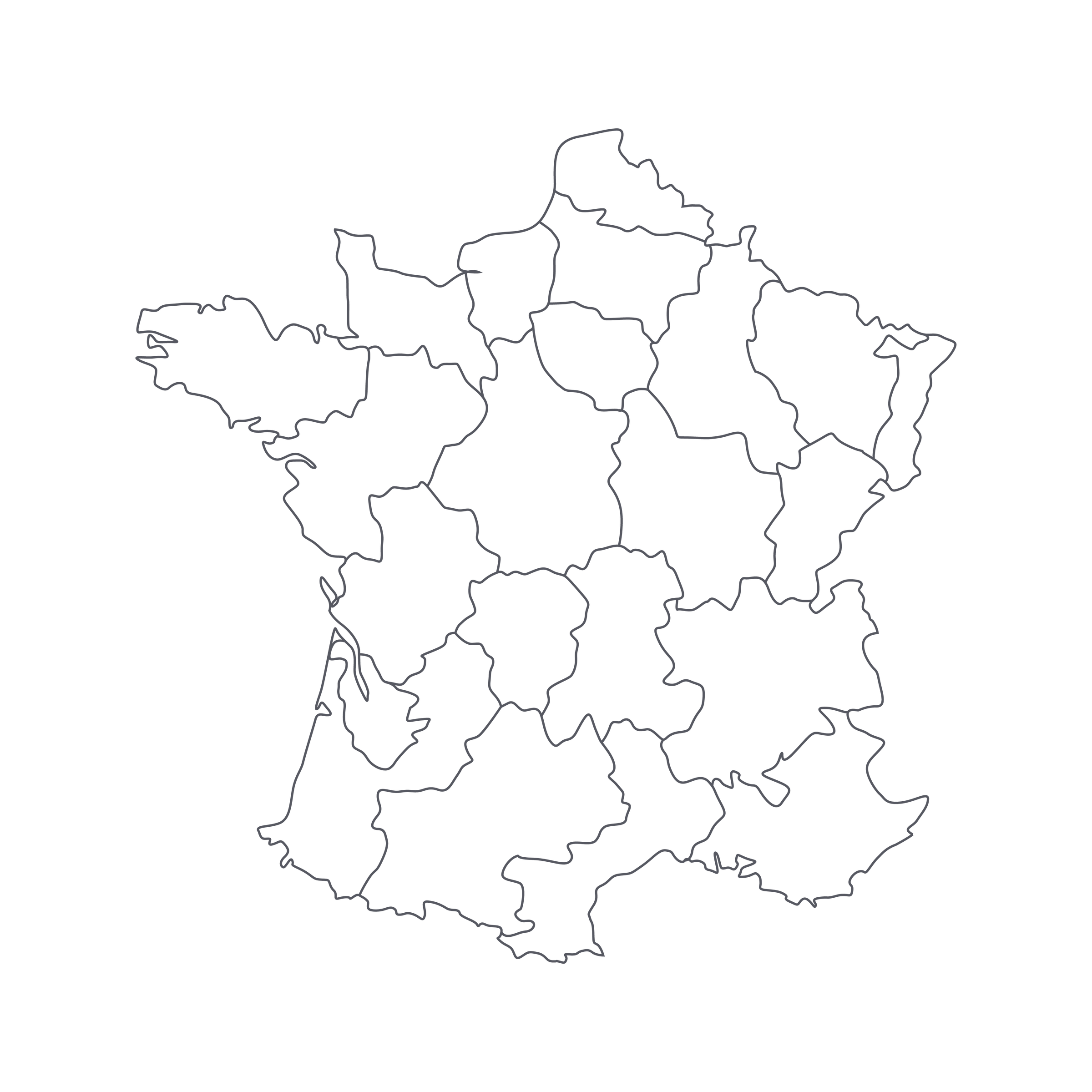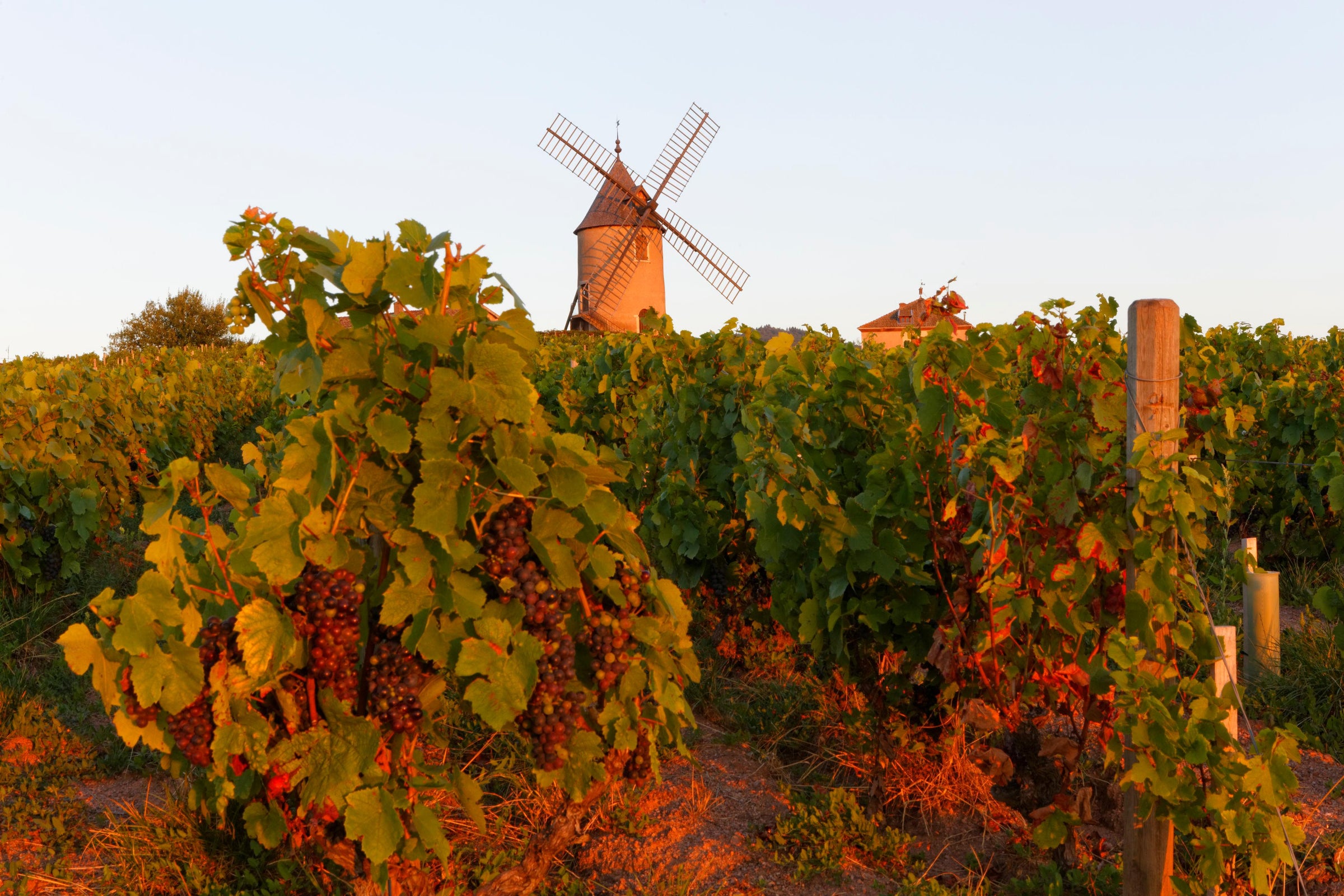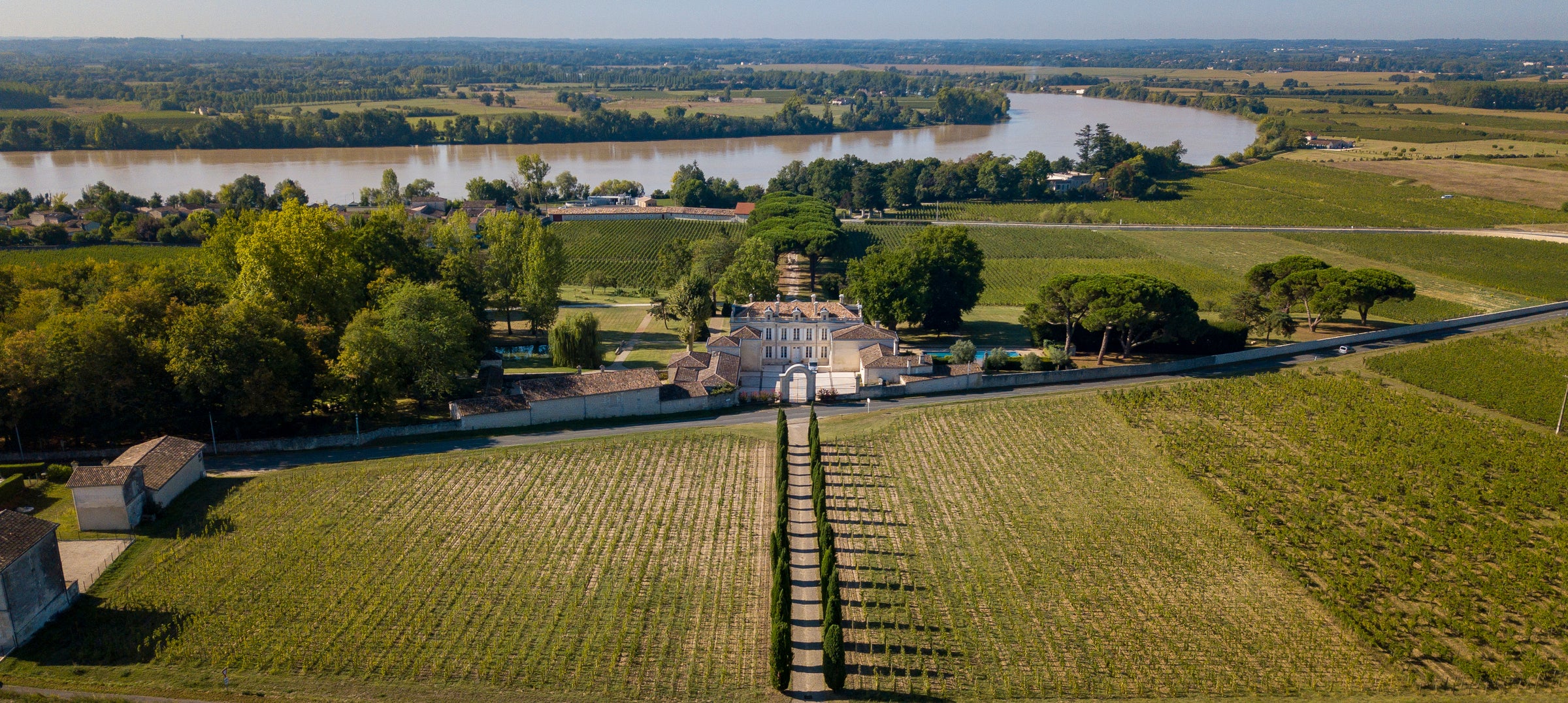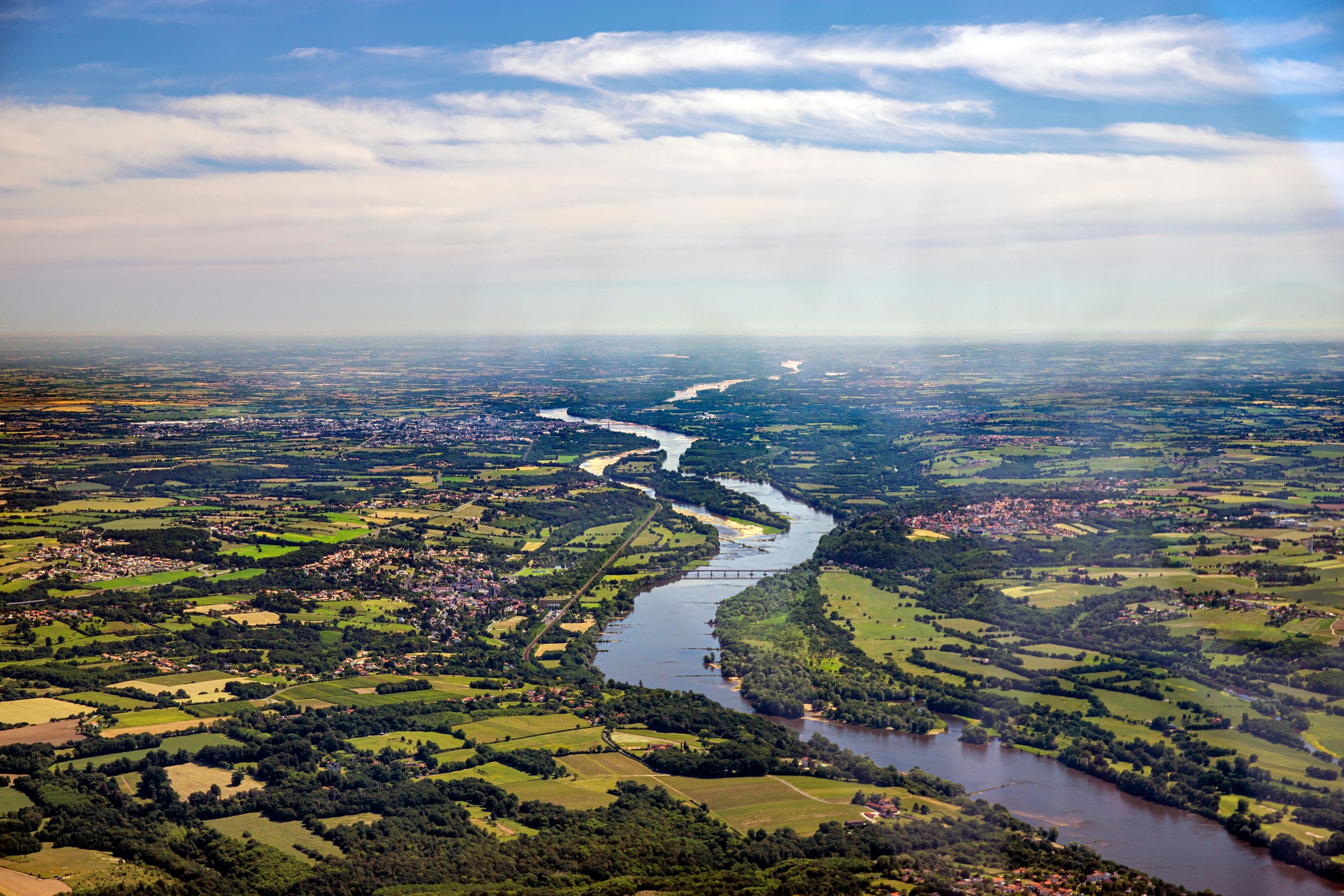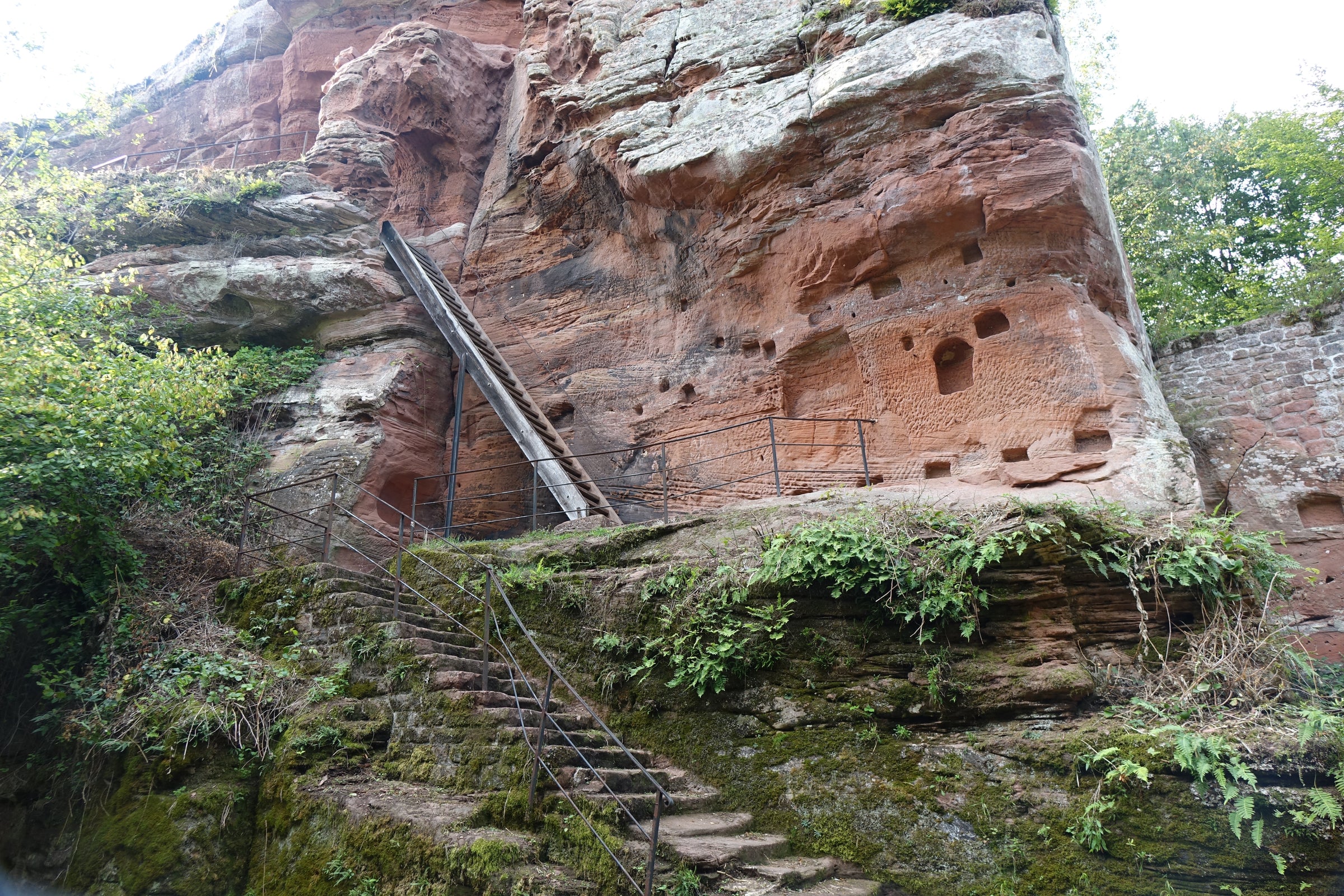Aside from the celebrated Domaine Leflaive, no name is as synonymous with Puligny-Montrachet as that of Paul Pernot. The only difficulty is getting the wines—the Pernot family still sells the majority of its production to négociants, retaining only about 20% of their annual output to sell under their own label. The Pernot house style is resolutely traditional—theirs are mineral, fresh, long-aging wines that are some of my favorite whites in Burgundy.
This wine, as Burgundy aficionados are well aware, is some of the most rarefied, top-of-the-top-quality Chardonnay on earth, sourced from the minuscule “Bienvenue-Bâtard-Montrachet” Grand Cru. Bienvenue is the second-smallest of the five Grand Crus in the Montrachet family, with just over 3.5 hectares of total surface area. Pernot’s piece of it totals just a third of a hectare, so the fact that we’re able to offer any of this 2015 at all is a feat unto itself! This wine is absolutely stunning; I can’t express how much pleasure this wine offers now, thanks to the added power of the 2015 vintage. Want to drink one of the world’s best white wines? Here is your chance.
Paul Pernot, who founded his eponymous domaine in the late-1950s, is one of the elder statesmen of Burgundy, albeit one with a relatively low profile. From their gothic-scripted labels to the pure, unadulterated wines inside the bottles, everything about Pernot screams tradition. Paul’s sons, Paul and Michel, as well as a grandson—another Paul!—now help manage the vineyards and cellar; the family now farms 20 hectares of vineyards, 15 of which are in the commune of Puligny-Montrachet. Some of these vineyards have been in the Pernot family for hundreds of years, and their lineup includes bottlings from both Bâtard-Montrachet and Bienvenues-Bâtard-Montrachet, as well as a who’s-who of top Puligny Premier Crus.
This wine comes from two tiny parcels in Bienvenue (a stone's throw from Montrachet), with 10- and 40-year-old vines, respectively. Typically, Pernot ferments and ages his Grand Cru wines in barrels, about 40%-50% of which are new, but the aging is relatively short and batonnage (lees-stirring, which imparts creamy richness) is kept to a minimum. When I think of the Pernot ‘house style’ I think of richly textured yet bright and very mineral Chardonnays with a restrained oak influence. These wines always speak clearly of the limestone soils they spring from.
This 2015 Bienvenue-Bâtard-Montrachet is a great example of Grand Cru depth in a warm vintage, but its ‘generosity’ in its youth is relative: this is still a wine to lay down for 10+ years with ease. It positively glows: In the glass it sports a reflective yellow-gold core moving to greenish-gold at the rim, with highly perfumed aromatics of ripe yellow apple blossoms, yellow papaya, lime blossoms, candied meyer lemon peel, honeysuckle, acacia flowers, white truffle, exotic baking spices and crushed limestone. On the palate it is full-bodied, with the classic oiliness and plump texture found in the best Grand Crus—and yet it is perfectly fresh. Right now it is drinking beautifully, but another 3-4 years will bring out the savor of this wine. It will become exponentially more complex over the next decade or more if kept well. If you do choose to try a bottle now, I’d recommend decanting it an hour or more before serving in large Burgundy stems—allowing the temperature to come up close to cellar temp (about 55-60 degrees). Service temperature is key here. For the perfect starter to any legendary dinner, find some lobsters and prepare this bisque recipe to take the experience of drinking this wine to another level. The richness of this wine deserves a companion.


